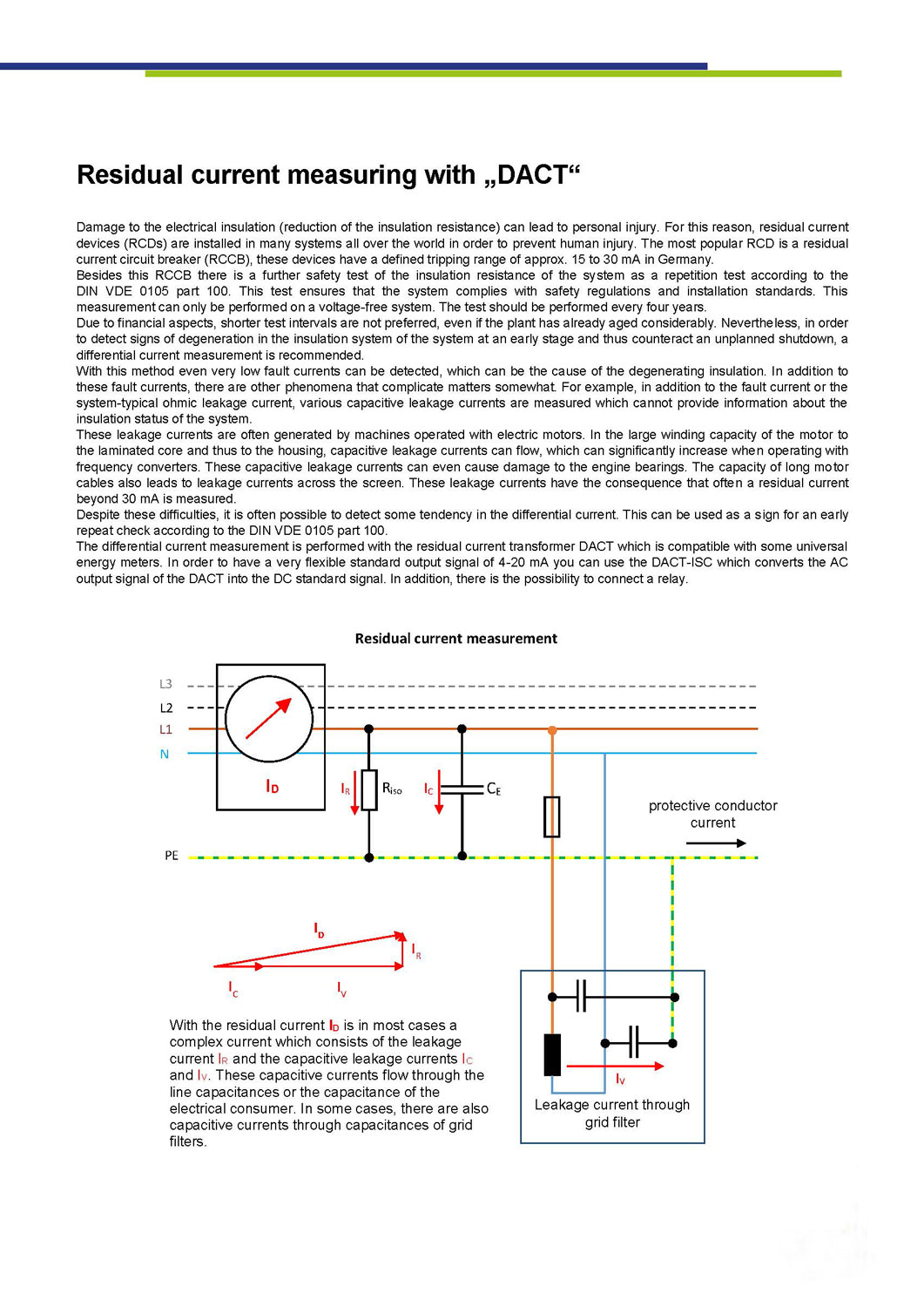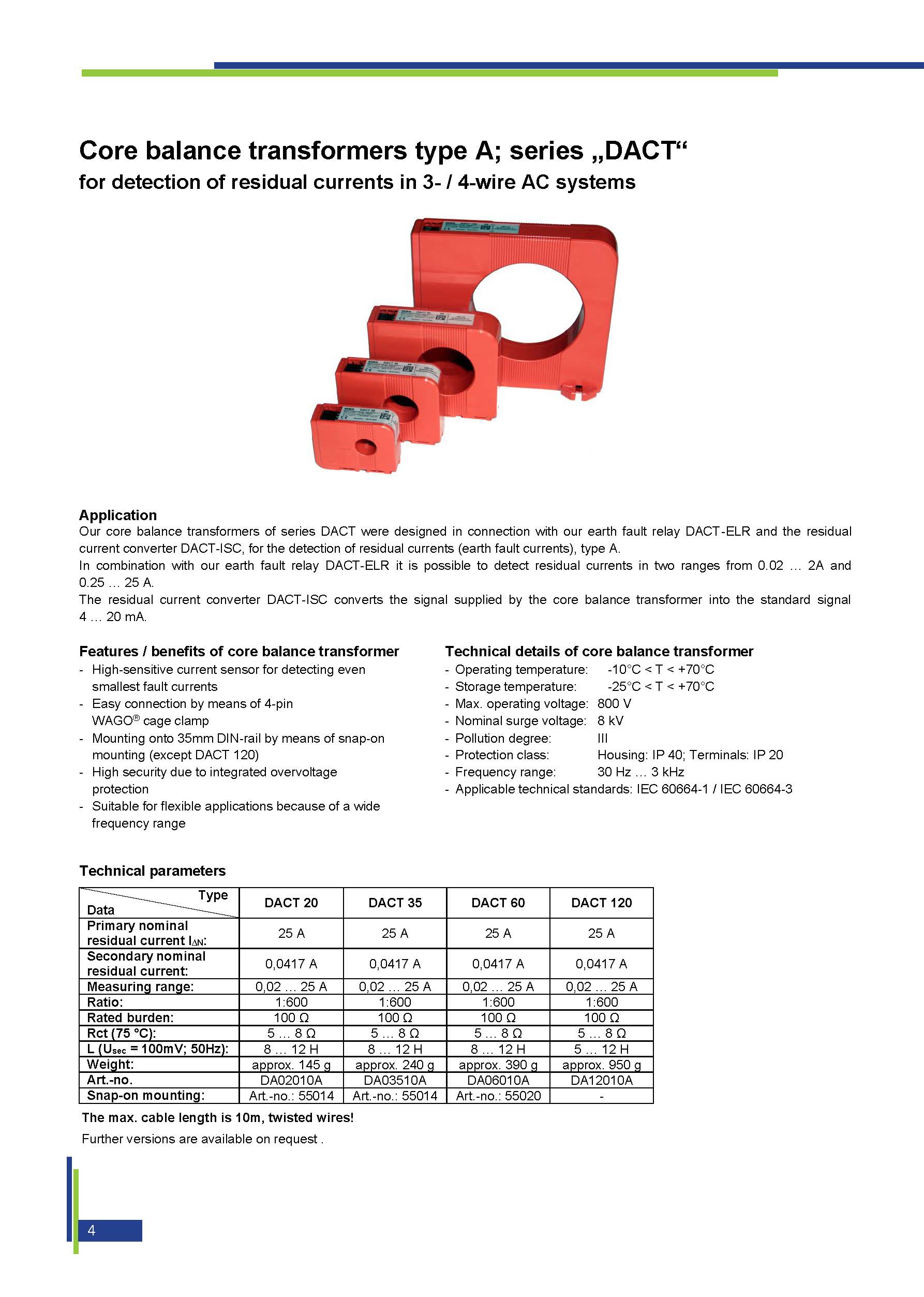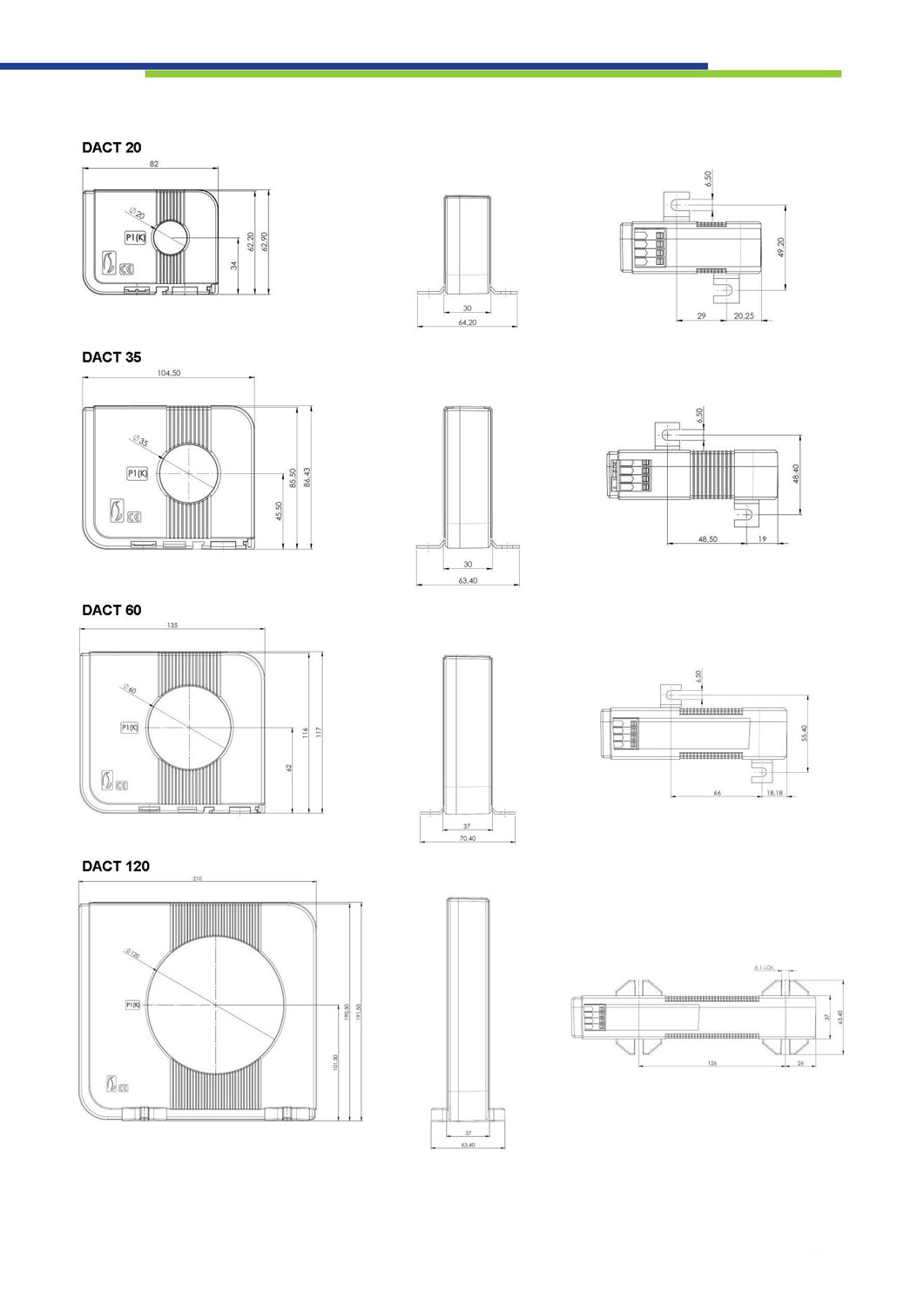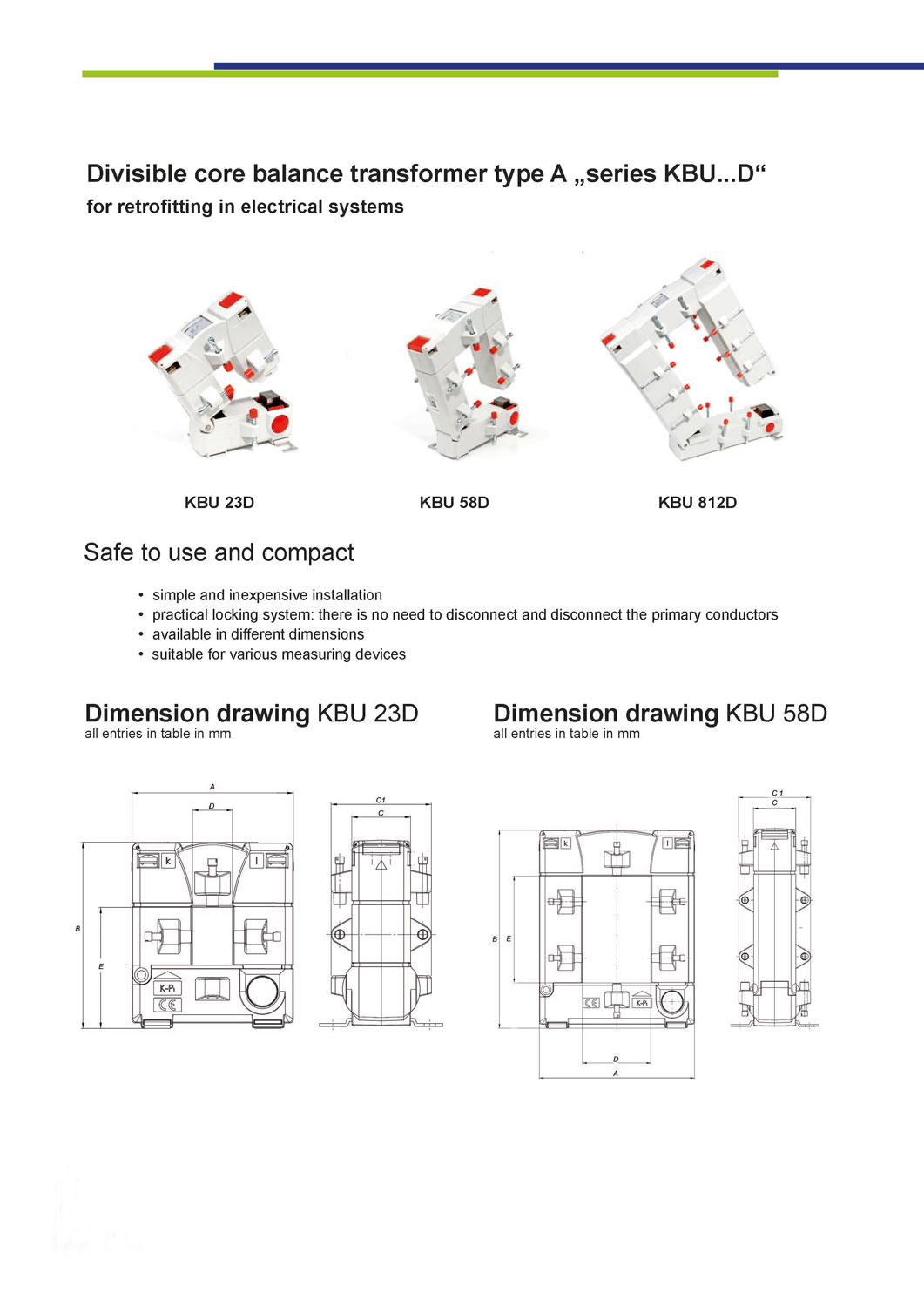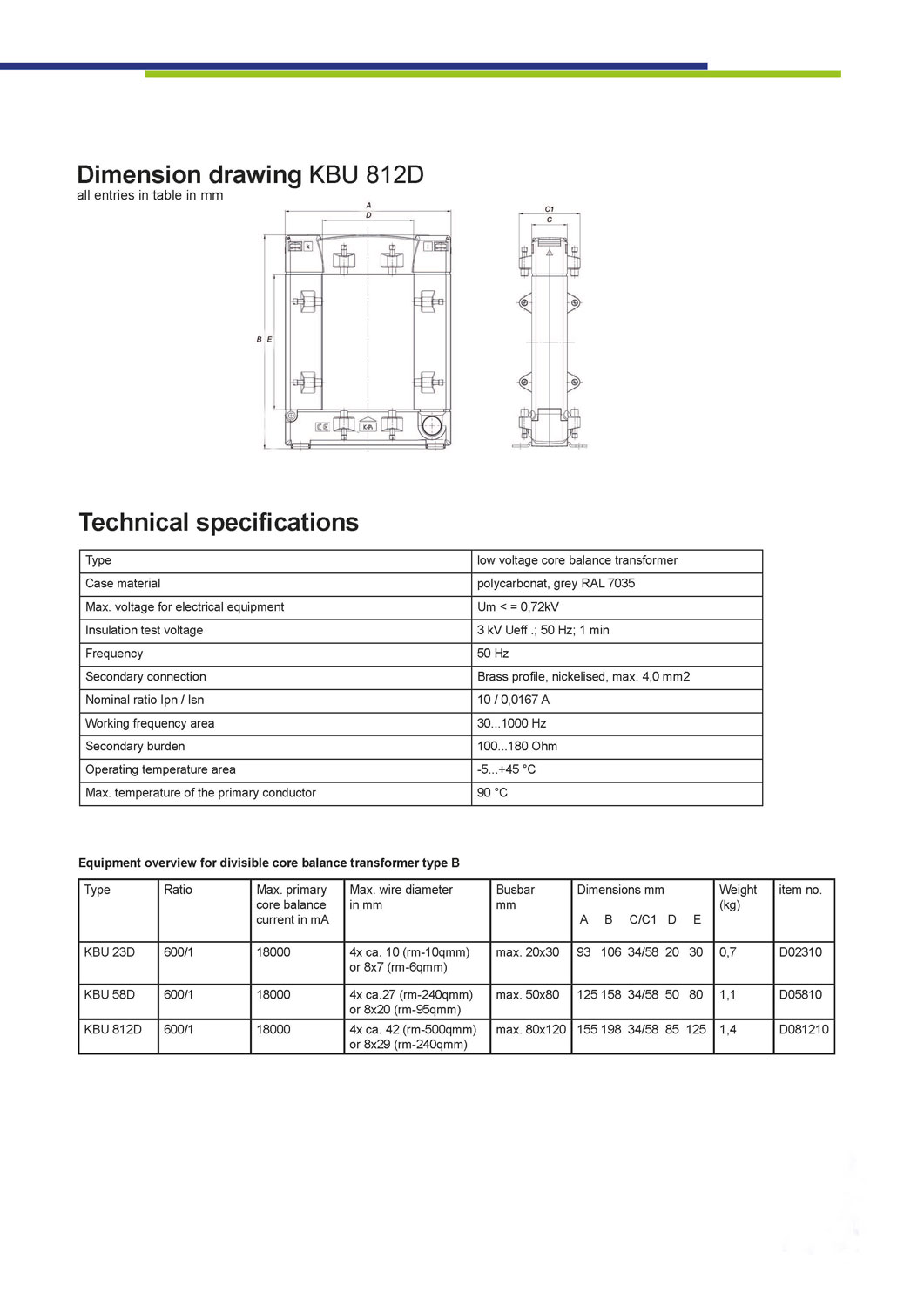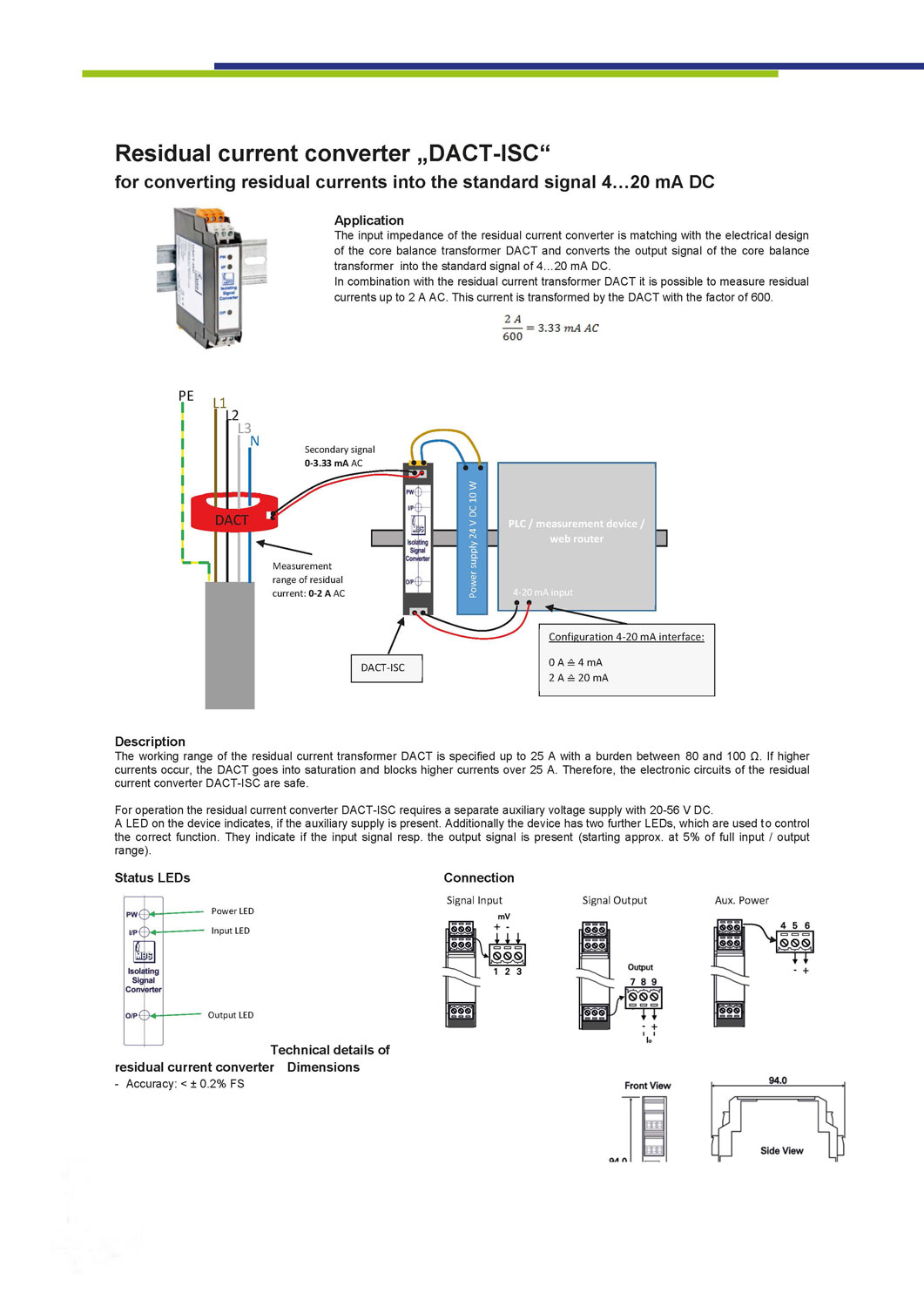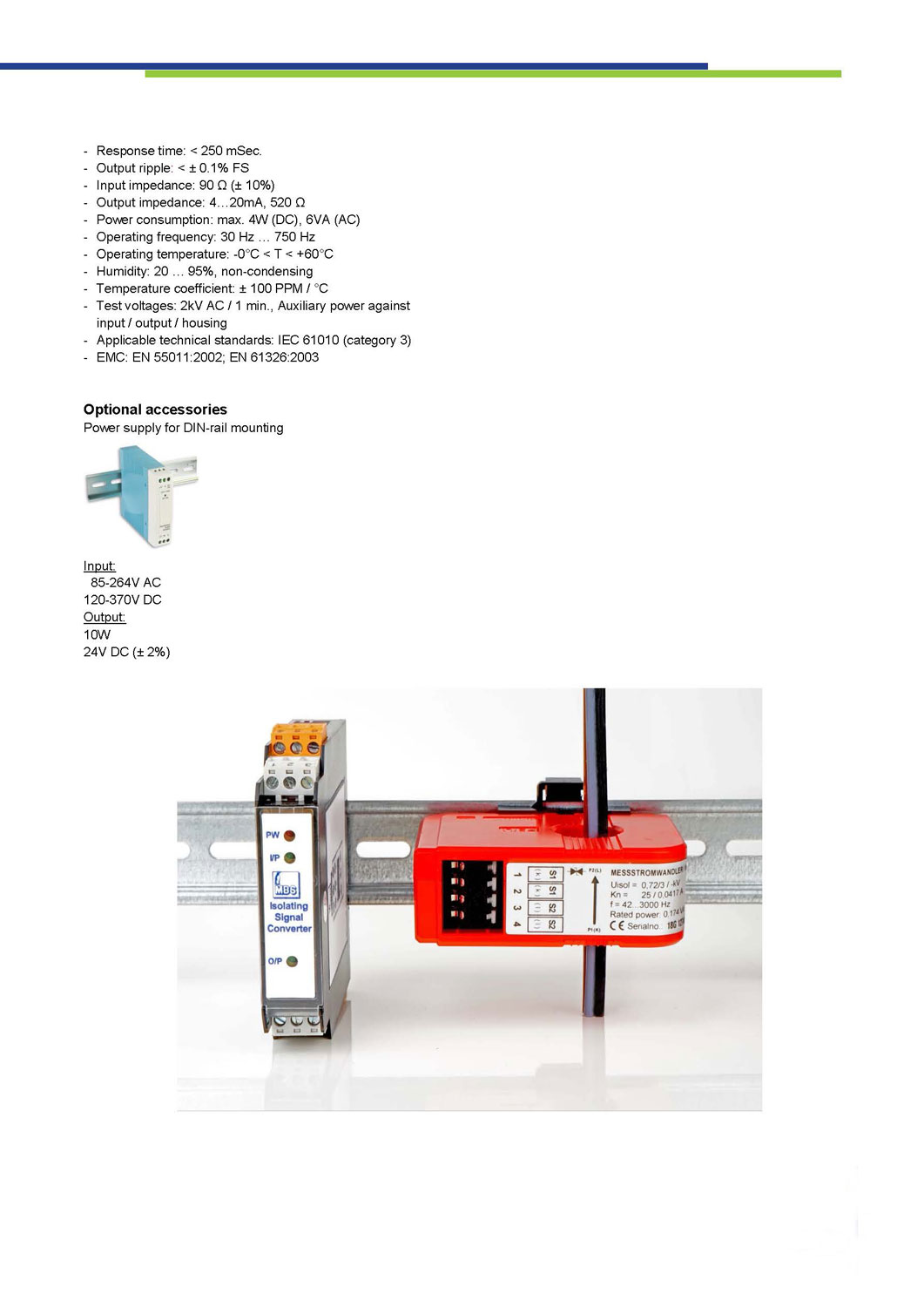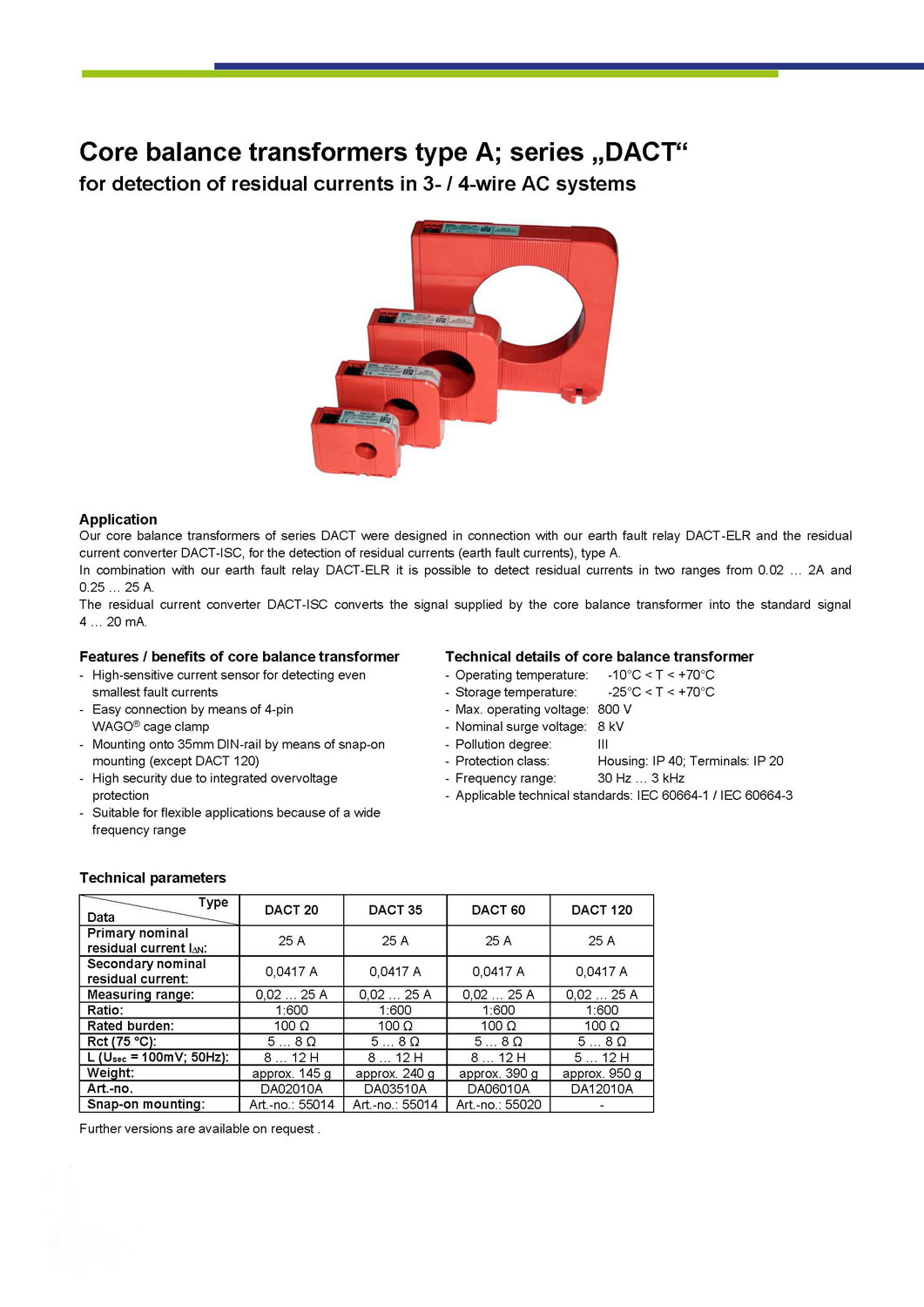RCM measurement/differential current monitoring
The fault-finder
Description:
Damage to the electrical insulation (reduction of the insulation resistance) can lead to personal injury. For this reason, residual current devices (RCDs) are installed in many systems all over the world in order to prevent human injury. The most popular RCD is a residual current circuit breaker (RCCB), these devices have a defined tripping range of approx. 15 to 30 mA in Germany. Besides this RCCB there is a further safety test of the insulation resistance of the system as a repetition test according to the DIN VDE 0105 part 100. This test ensures that the system complies with safety regulations and installation standards. This measurement can only be performed on a voltage-free system. The test should be performed every four years. Due to financial aspects, shorter test intervals are not preferred, even if the plant has already aged considerably. Nevertheless, in order to detect signs of degeneration in the insulation system of the system at an early stage and thus counteract an unplanned shutdown, a differential current measurement is recommended. With this method even very low fault currents can be detected, which can be the cause of the degenerating insulation. In addition to these fault currents, there are other phenomena that complicate matters somewhat. For example, in addition to the fault current or the system-typical ohmic leakage current, various capacitive leakage currents are measured which cannot provide information about the insulation status of the system. These leakage currents are often generated by machines operated with electric motors. In the large winding capacity of the motor to the laminated core and thus to the housing, capacitive leakage currents can flow, which can significantly increase when operating with frequency converters. These capacitive leakage currents can even cause damage to the engine bearings. The capacity of long motor cables also leads to leakage currents across the screen. These leakage currents have the consequence that often a residual current beyond 30 mA is measured. Despite these difficulties, it is often possible to detect some tendency in the differential current. This can be used as a sign for an early repeat check according to the DIN VDE 0105 part 100. The differential current measurement is performed with the residual current transformer DACT which is compatible with some universal energy meters. In order to have a very flexible standard output signal of 4-20 mA you can use the DACT-ISC which converts the AC output signal of the DACT into the DC standard signal. In addition, there is the possibility to connect a relay.
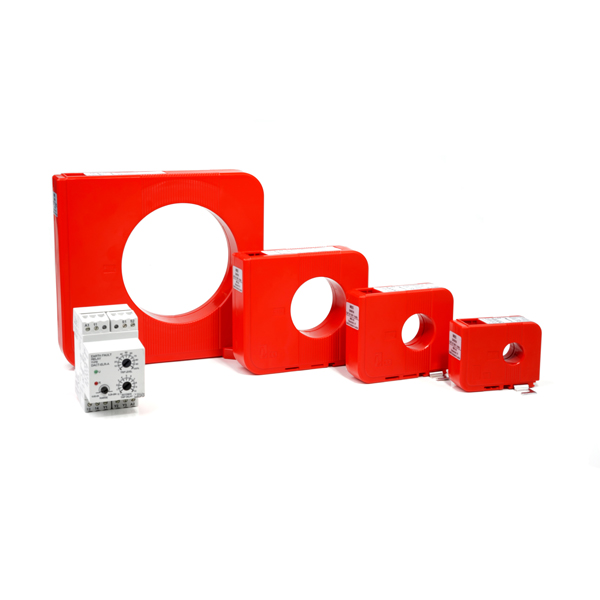
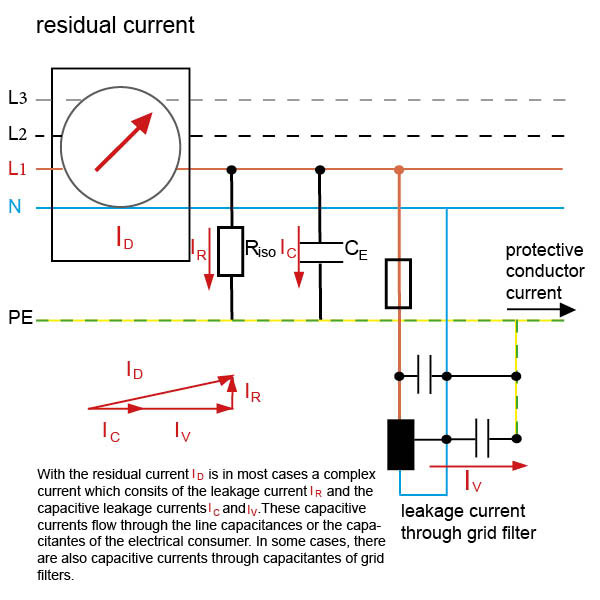


Description:
Damage to the electrical insulation (reduction of the insulation resistance) can lead to personal injury. For this reason, residual current devices (RCDs) are installed in many systems all over the world in order to prevent human injury. The most popular RCD is a residual current circuit breaker (RCCB), these devices have a defined tripping range of approx. 15 to 30 mA in Germany. Besides this RCCB there is a further safety test of the insulation resistance of the system as a repetition test according to the DIN VDE 0105 part 100. This test ensures that the system complies with safety regulations and installation standards. This measurement can only be performed on a voltage-free system. The test should be performed every four years. Due to financial aspects, shorter test intervals are not preferred, even if the plant has already aged considerably. Nevertheless, in order to detect signs of degeneration in the insulation system of the system at an early stage and thus counteract an unplanned shutdown, a differential current measurement is recommended. With this method even very low fault currents can be detected, which can be the cause of the degenerating insulation. In addition to these fault currents, there are other phenomena that complicate matters somewhat. For example, in addition to the fault current or the system-typical ohmic leakage current, various capacitive leakage currents are measured which cannot provide information about the insulation status of the system. These leakage currents are often generated by machines operated with electric motors. In the large winding capacity of the motor to the laminated core and thus to the housing, capacitive leakage currents can flow, which can significantly increase when operating with frequency converters. These capacitive leakage currents can even cause damage to the engine bearings. The capacity of long motor cables also leads to leakage currents across the screen. These leakage currents have the consequence that often a residual current beyond 30 mA is measured. Despite these difficulties, it is often possible to detect some tendency in the differential current. This can be used as a sign for an early repeat check according to the DIN VDE 0105 part 100. The differential current measurement is performed with the residual current transformer DACT which is compatible with some universal energy meters. In order to have a very flexible standard output signal of 4-20 mA you can use the DACT-ISC which converts the AC output signal of the DACT into the DC standard signal. In addition, there is the possibility to connect a relay.
